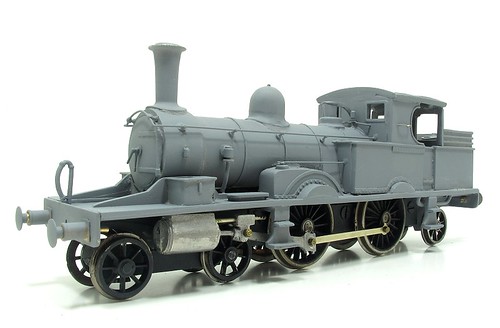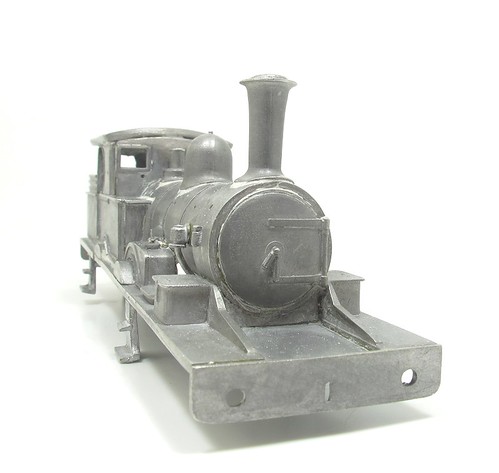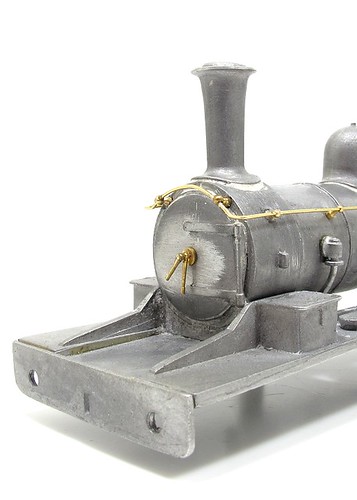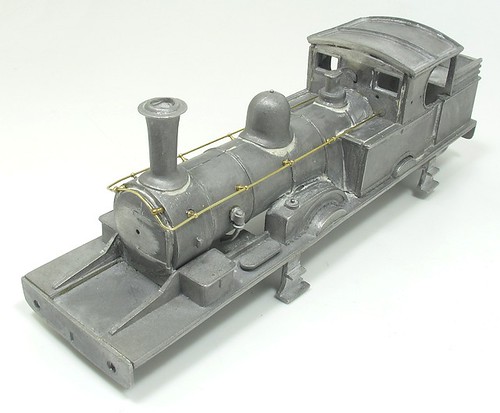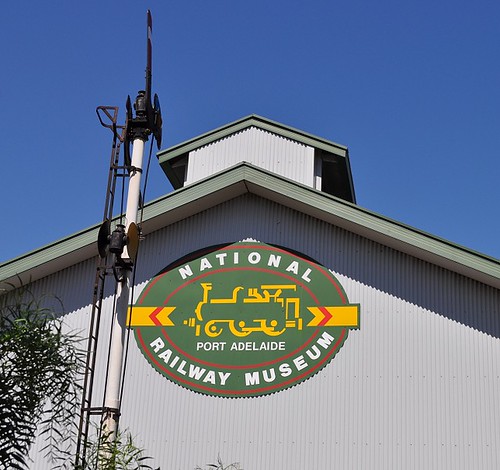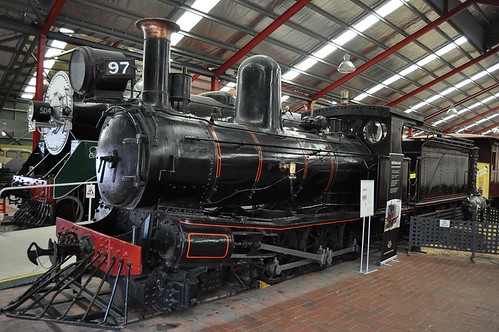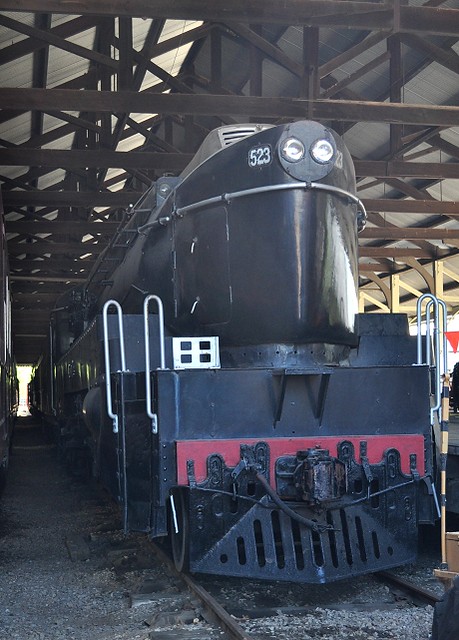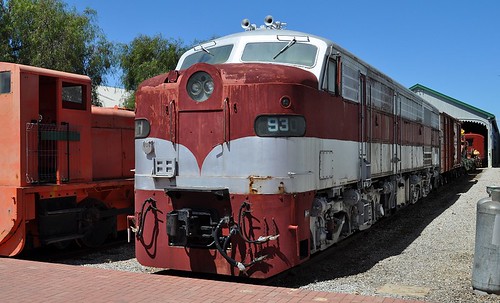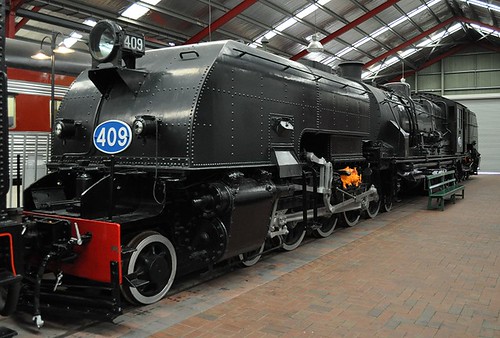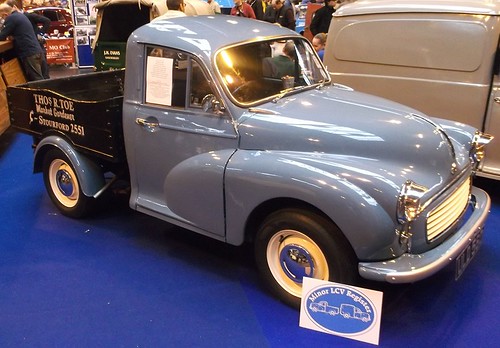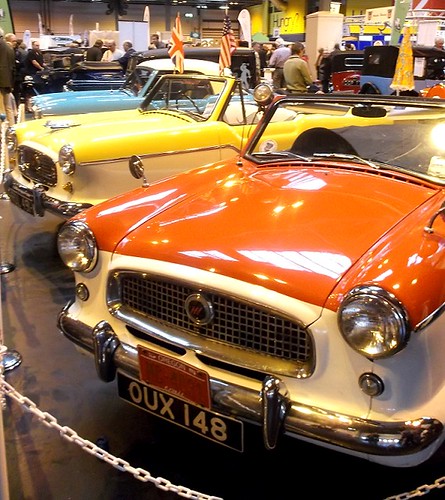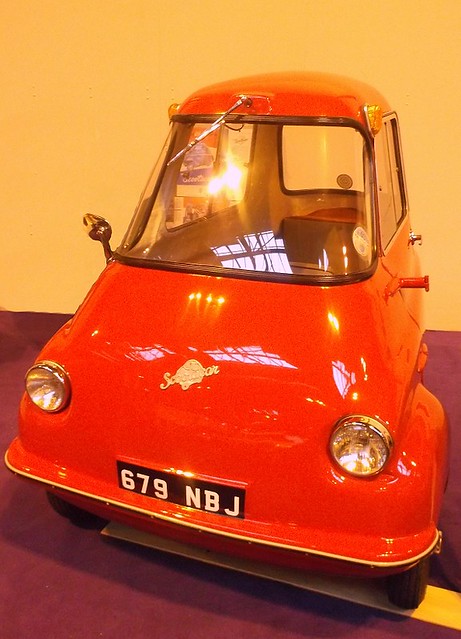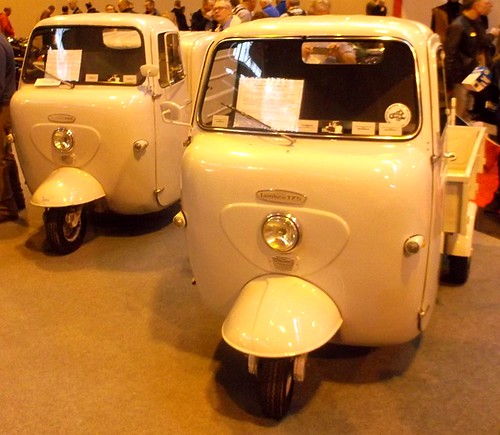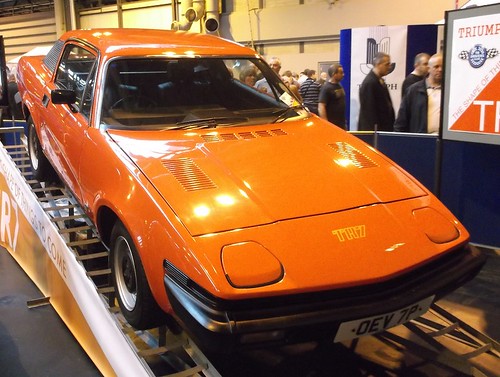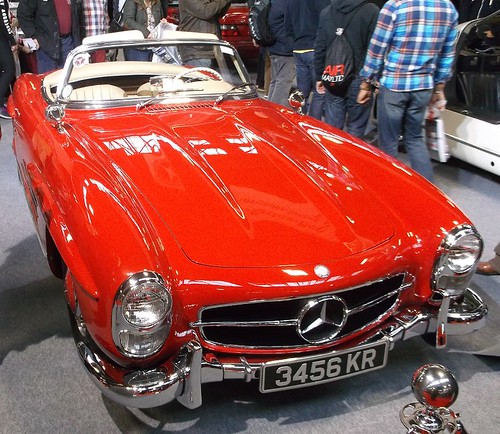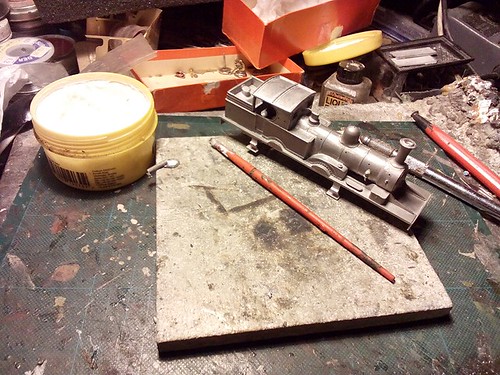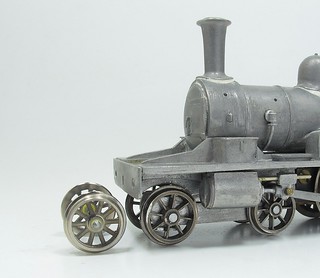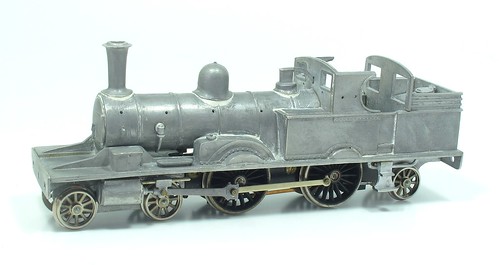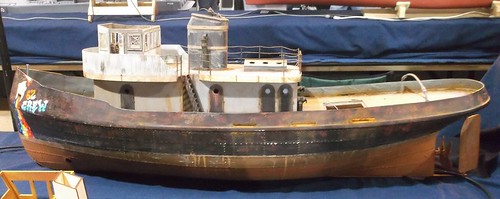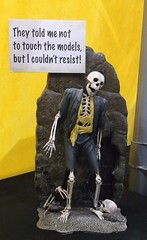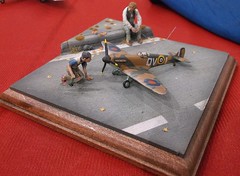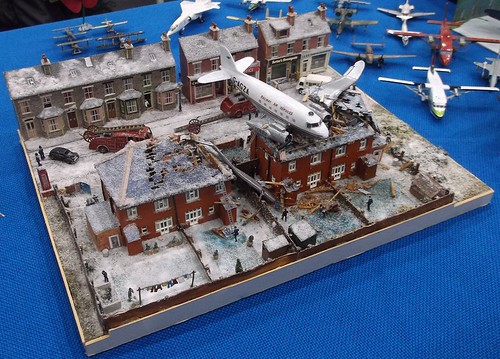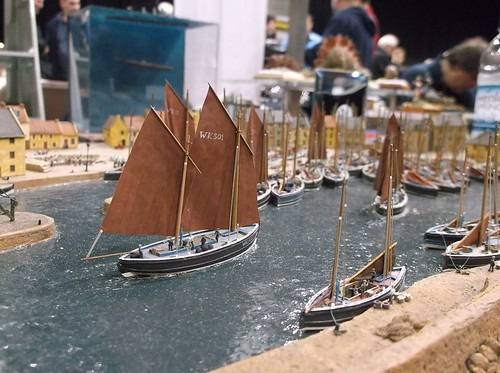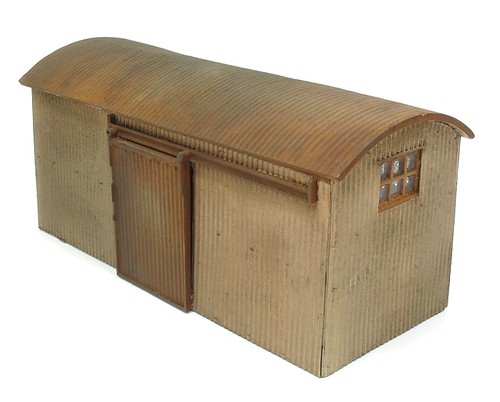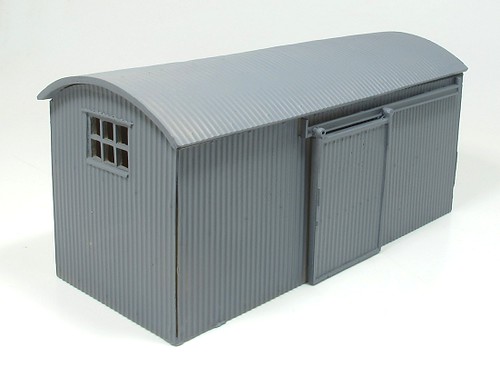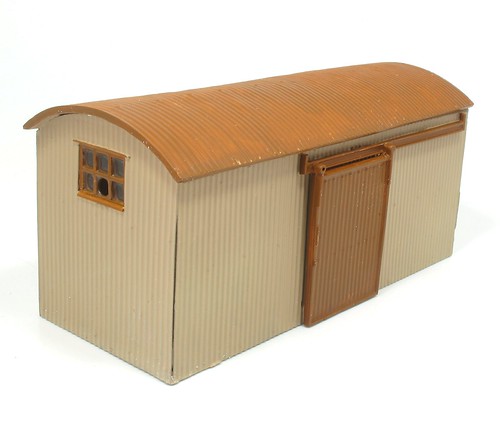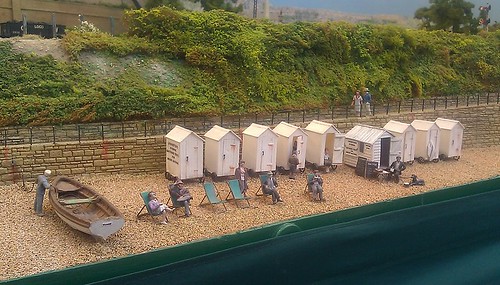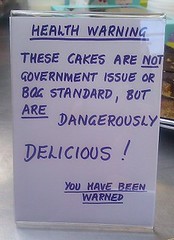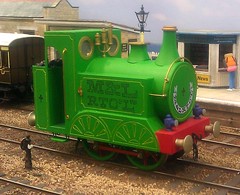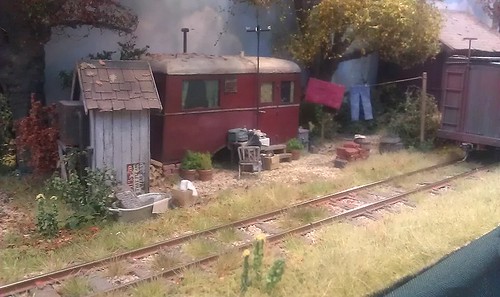The show is just too big
Really? It's not as big as the classic motor show the previous weekend and very little different in size from the IPMS show at Telford a couple of weeks earlier. I visited both as a punter and after 6 hours knew I hadn't seen absolutely everything. To me this didn't matter. I'd had a nice day out and looked at an awful lot that did appeal.
Rather than make the show smaller, the trick is just to look at the stuff that interests you. We all enjoy some aspects of the hobby more than others and with so much on offer, it's perfectly possible to wallow in those and ignore the rest. Think of it like a Chinese buffet meal. One where you can enjoy just the dishes that you like and don't feel the need to eat the ones you don't.
More to the point, how big is too big? I've seen visitors exit a show after an hour. For them, anything more than the tiny amount they have seen is too much. What's the level? A hour? 2 hours? half a day?
Now if you want a really big show, visit one of the major European events like Eurospoor. If you think the NEC is too big, that's going to make your head explode.
Why is the lighting a horrible yellow colour?
Because this is an exhibition hall and if you visit a "normal" show, all the stands bring their own lighting. The stuff in the ceiling is just to stop you tripping over between stands.
Admittedly it is a horrible sodium yellow colour. Modern halls have white lights which might still be on the dim side, but at least there isn't the horrible colour cast when taking photos. Demands that the NEC change them aren't likely to be met with enthusiasm as it's probably only the tiny (in NEC terms) toy train show that is bothered. When we take multiple halls for several days like one of the big shows they might be a bit more interested in spending a significant amount of money.
This does expose one of the problems with the hobby - we are amateurs and it shows.
Layouts generally turn up with their own lighting. Illumination in venues varies enormously and so it's pretty much essential to bring your own light if your efforts are to be presented to best effect. Trade stand though, very few have any form of lights even though they know just how bad it will be.
This isn't the case in other hobbies. That classic car show was much better lit everywhere but the autojumble. Head abroad and the standard of trade stands is much more slick and professional with display cases and shell schemes being common.
In the UK we tend toward the "chuck the stock on a paste table" approach. Maybe this is cheaper, or maybe it just looks like it. OK, so presentation costs money but when you are competing with so many other stands, a few lights that make it easier for the customers to see the stock has got to be worth considering hasn't it?
It's too crowded.
Yes, lots of people want to visit. 17,000 of them over the weekend apparently. This is A Good Thing.
Hiring a proper exhibition hall is horrifically expensive. That means you need decent crowds to make the show pay.
Large numbers mean the show is popular so someone is doing the right thing. Oddly, people also complain when a show seems empty. Everyone likes to be at a successful event so if you are generous with the aisles and it's easy to get around, the moan but if you tighten them up and it's a bit harder, they moan.
The other problem is that modellers all want to visit on Saturday for fear of missing out on a bargain. Shows attendance over a weekend is always 60:40 and yet it's almost impossible to persuade anyone to do the second day. Sunday this year was quite pleasant to walk around, especially after an hour when the crowds had distributed themselves evenly through the hall.
One problem that can't be fixed is crowds around popular exhibits. If everyone wants to see a layout, you'll have to wait. No matter how big the venue, or how much space allowed around it, the layout doesn't get any bigger.
It costs too much.
Tickets on the door were £14. Advance ordering save £1.50. For that you had a full days entertainment in a show that was big enough for there to be something for everyone. If you spent the money on beer it would last less than 2 hours. Coffee in a chain shop wouldn't last any longer. Spend it on football and they wouldn't let you in past half time.
Maybe the problem is that it costs a lot compared to other model railway shows. If you never look outside the extremely price sensitive hobby then it's difficult to judge. IPMS Telford cost a tenner, the GOG event at the same venue costs £12. The classic motor show was £21 and that's not uncommon for car based events. Brick 2014 in London will cost the Lego fans £30 to enter.
£14 isn't an insignificant amount of money but on it's own it's not the end of the world for a big event once a year. However, there is the cost of travel to add to it and if you drive there's a tenner to spend finding a home for your car on site. Assuming that like most visitors, you came on your own, that's nearly doubled the cost, not good.
Of course there are ways around this. My travel by train on Saturday worked out at less than the price of the parking. There are several stations on the same line that offer cheaper parking even when you add in the cost of a couple of stops worth of travel.
For longer trips, it sounds crazy but a cheap flight might be better value. I can't claim to be an expert but the airport is right next door and plenty of European visitors find it cheap enough to make the trip.
The food is horrible and too expensive.
That's exhibition catering for you. Posh burger vans that have to extract every pound out of the people trapped in the hall. It's the same at every exhibition hall in the country. With thousands of people to cater for, you can't suggest that the club members wives whip up a few cakes to sell. Having said that, the Subway sandwiches were less than a quid more than the high street price and perfectly nice, or at least I though so.
The cheapest alternative is to bring a packed lunch. Plenty of seating was available for those who wanted it. Yes it got busy in the middle of the day but that's when most people wish to use it.
Next up, there are eateries within the NEC but not in the hall and they aren't quite as expensive. You'll probably get a sit down too and even beer in the Weatherspoons.
Finally, the airport branch of Frankie & Bennies fed me on Saturday evening with a delicious spaghetti bolognaise for under a tenner. It arrived so fast, they have to cater for people heading to aeroplanes, that I would have been able to leave the show, eat and return in under an hour. OK, it's a 15 minute trek each way but you do get a ride on the cable railway.
The staff are rude.
NEC security are notorious but then if you spend all day trying to direct people around, especially when every second one thinks they know better than you AND you're out in the rain then you'll be a bit grumpy too. This year everything was sweetness and light in my experience and that of many other people so I can't complain.
As for the Warley stewards, well, most of the time they are brilliant. I had a bit of an issue with one individual this year but apparently he's officious with everyone. The problem is that these guys are all volunteers so there is an element of you take who you've got rather than necessarily who you might want. They are there hours before even the exhibitors turn up and don't get to leave until after we've escaped. That's a looooong day for no money and everyone, even you, have an off day sometimes. If you think you can do better, I know the club are always looking for volunteers.
There's not enough N gauge/American HO/Swiss On30 etc...
A general show has to be all things to all people. If your interests are very specific, you will probably be a lot happier at a very specific show.
As it is the layout bookers try for a balanced display but can only book the layouts that actually exist. If you desperately want a huge roundy-roundy set in Canada in the summer of 1932 then the chances are no-one has built one. There is no magic want to whip these things up...
Where are all the small traders?
At specialist shows. Look at the Warley crowds. They represent the current state of a market that wants ready to run models. They might like to look at some of the oddball kits, but only in passing.
Traders need to make money and that means selling products. They need to shift enough over a weekend to cover travel, accommodation and stand rent. For most that's very difficult. At a specialist event where the ratio of serious punters to general visitors is high, they might just do it. If not at least some of the loss can be put down to marketing.
Having said that, what was missing? You could buy etched loco kits, scenic materials, track and pretty much everything else you might need. If your list includes exotic very finescale products then a Scaleforum is probably more use to you, but then it wouldn't interest the general visitor.
Many years ago, I was chatting to the Warley treasurer and he explained a problem I hadn't thought about. The people with money are the box-shifters. Set the stand rate too low and they will buy up miles of hall. Set it high enough to prevent this and you'll price out the little guys. There have been a few changes - the MRJ small suppliers area is considerably cheaper to exhibit in than the main hall, it's still more expensive than a standard exhibition but at least it's something.
-----
As you might guess, I'm a big fan of the show. While not perfect, it's the sort of centrepiece the hobby needs. I also appreciate that you can't please all the people all of the time. I don't think I can do better but if you do, I'm sure the organisers would welcome you volunteering to hep out.

